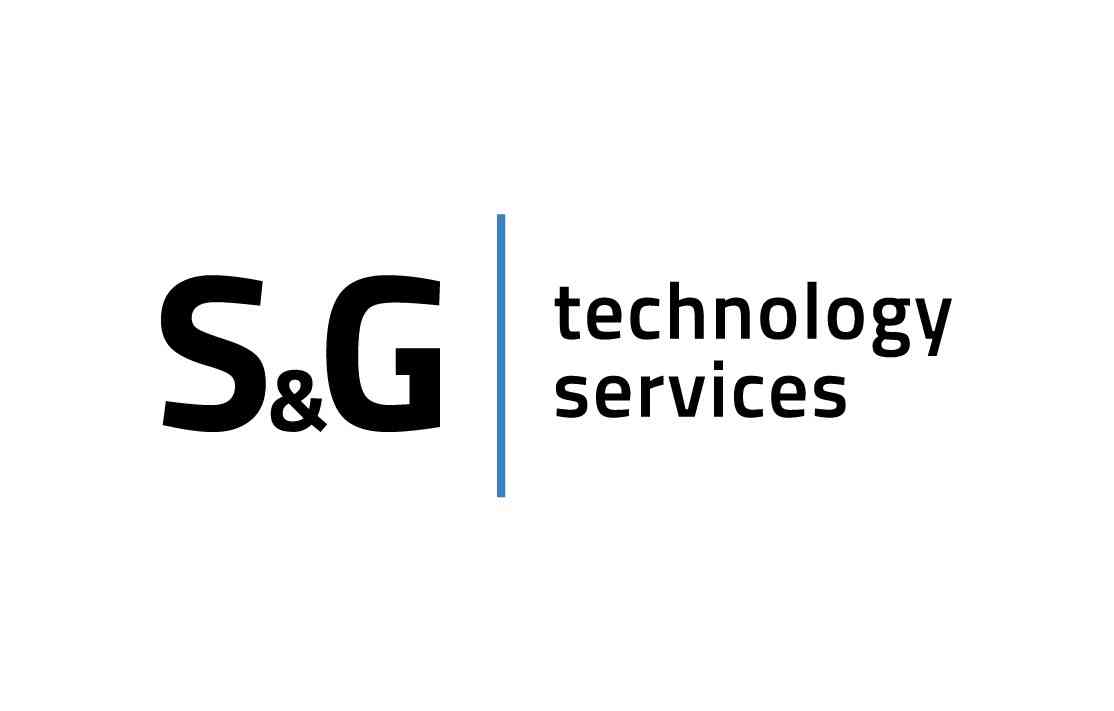News
Re-thinking Customer Journey in Digital Banking: The Technology Perspective
by Radostina Georgieva, Consultant at S&G Technology Services
The pandemic has negatively affected many industries, including the financial sector. And while banks struggled to save their credit exposures from deteriorating loans during the first pandemic year (2020), now in the second pandemic year (2021), they are trying to maintain their profitability by reducing physical branches and shifting customers to digital services. But long term profitability depends on whether they will retain their good customer base by meeting customer expectations. And now it is more important than ever for the banks and financial institutions to re-think customer journey in digital banking: how they communicate with the customers; how they submit their offers; how they perform their after-sales service. Everything we have listed points directly to omnichannel technology.
What is omnichannel banking, and how does it differ from multichannel banking, which many banks currently use? As the term implies, multichannel banking refers to a bank's ability to deliver services to its customers across multiple channels, including branches, ATMs, call centers, internet banking, and increasingly mobile. While multichannel banking is associated with transactions, Omnichannel banking is associated with interactions. With Omni-channel banking, Customers can choose their preferred method of communication with their bank on any given day, whether it's sending a text on the go or connecting with their adviser via video conference. Omnichannel banking is well-positioned to provide this kind of versatility.
Innovative technological capabilities have dramatically increased customers' expectations for digital banking. The pandemic has changed the methods of communication, but not some of the habits of consumers. It seems that the confinement restrictions during the periodic lockdowns have intensified the desire for a personal touch. And when we talk about personal, we mean customized communication on an individual level. All those customers who have periodically visited bank branches and received personalized service would find it challenging to accept general service because it will lack the empathy they received from the bank employee. According to Accenture Banking Customer Study, which is based on a survey of more than 47,000 consumers in 28 markets: "Without this human touch, banks risk weakening their already fragile personal and emotional connection with consumers. If they ignore this, consumers could become as dispassionate about their banks as they are, for example, about their utility providers. And without an emotional connection, banking services are likely to become commoditized, with consumers focused on price alone." Capgemini's "World Retail Banking Report 2021also presents a high level of customer expectations, 76% of customers are willing to receive hyper-personalized service and omnichannel experience. Banks will readily adapt their products and services to customer preferences by studying customer behavior in detail. If they are looking to increase their loyal customer base, banks need to prioritize using advanced analysis and machine learning in decision-making throughout the customer's life cycle.
Modern technological solutions support designing a new digital personal approach to the customers. Advanced analytics can improve the performance of omnichannel sales by analyzing data generated by customer transactions. Banks already have access to ready-for-use analytics tools, which can support them to get insights into consumer categories and habits. Designed software tools can tailor products as well as prepare offerings more precisely. Banks can discover the high-value customers by using data-mining techniques on spending habits and internet behaviors.
Related to this "empathy" issue, banks can use artificial intelligence to predict clients' expectations and upcoming financial problems or even technological problems for the non-tech audience. The analysis of customer data reveals the economic reality of the customer according to his life situation. It automatically creates an offer related to the client's needs and capabilities. Advanced analytics can also present the type of device the customer is using. Through a machine learning algorithm, it can analyze how many times the customer has a technical issue, and based on that, the bank can send advice or propose on premise consultation. By this way, the bank shows its empathy to the client by helping him in times of need, and on the other hand, prevents the deterioration of his credit profile.
Advanced analysis is critical for creating a pleasant and unobtrusive journey for new customers. Onboarding can be achieved by selling various digital products, from opening an account to withdrawing a loan. Banks can reach their potential customers by searching keywords, ads, browsing history (cookies, site history), and social media data. The bank can send a message following his or her preferences based on advanced real-time analytics and the potential customer's digital profile. After establishing contact with a potential client, in order to build a strong relationship of trust, the bank must provide a smooth, fast, and pleasant customer experience in the process of his registration. As a pioneering experiment in 2017, HSBC North America decided to start selling credit cards online in partnership with Temenos. The bank launched a credit card initialization and integration project that has become extremely successful. The results exceeded all expectations: 5x Origination Volume and 75% straight-through processing. The main factors that contribute to this success are embedded in the product of Temenos, and they are flexibility, connectivity to the ecosystem, and customer experience. And this product was Temenos Infinity which is a ready-to-go platform. It can be used on the cloud or as on premises solution. This successful project shows the power of integration that can be replicated. Nowadays, Temenos Infinity is more developed as it proposes this emotional connection with the customer that creates trust and security. Personal relationships can be extended and enhanced with 360-degree customer data collected throughout the customer journey. Thus the bank builds a unified picture of the activities that make up customers' lives and understands their ambitions and long-term goals. That helps the bank be more flexible in decision-making to meet customer needs better, using technologies like AI and designing personalization that makes 'wonderful' moments.
But these advanced analytics is only one side of the coin; on the other side is the connection with the customer. We will note once again that customer expectations are increasing with the advancement of technology. In 2019 Fifty-nine percent of respondents in a Microsoft survey said they have higher customer service standards this year than they did last year. According to the same study on customer service, 95 percent of consumers consider customer service an essential component in deciding whether or not to stay loyal to a brand. This analysis shows that customer satisfaction with service/call centers becomes lower than the other bank channels because of long waiting times. If the banks want to retain their customers and gain new ones, they must improve their customer service. And here is the open space for these virtual assistants or so-called "chatbots."
AI and Natural Language Understanding empowers the new chatbot generation. Such chatbot is Melinda, created by Sirma Group. It is a Conversational AI empowered by artificial intelligence (AI), NLP/NLU and machine learning technologies that mimic human conversations and provide automated proactive interaction with banks' customers in a natural way. The AI based chatbot will support financial organizations to fill the gap in communication between the business teams and the customers as additional communication channel which can actively offer products and services. Melinda also offers robotic process automation technology, which allows the chatbot to be used as a means of communication and actively participate in completing any inquiry. But what makes Melinda so special we can understand from Momchill Zarev (CCO of Sirma Solutions): "Unlike traditional chatbots, Melinda's intelligence allows banks to successfully deploy the bot's ability in features that do not have predefined scenarios, such as sales, account discovery, and transaction management. Artificial Intelligence and Conversational chatbots offer excellent support for businesses and customers because of their ability to learn over time". It is assumed that artificial intelligence will predict customer expectations, which in turn will make customers adapt more easily to robotic service. And then, chatbots will have more freedom in performing intuitive and empathetic tasks.
Well, after listing so many robotic products, you may be wondering if artificial intelligence can completely replace human labor and emotions in the future. I don't think so. By my understanding human employees must use AI to provide a better expertise and service. And now the main task for IT companies is to use human imagination and knowledge to improve customer service in the process of building positive emotional relationships with customers.
Thanks to the smart technology era, banks have opportunities to satisfy customers' needs more than ever. And for the same reason, consumer expectations are higher than ever. They expect to be treated as individuals, each one with specific preferences. This challenges banks to increase the quality of their products and services by customizing their offerings and their customer experiences. Now is the moment when the banks should upgrade their multichannel infrastructure with omnichannel banking. And there is an unlimited choice of technology and vendors. With so many different types of accessible channels, it has never been easier for the banks to interact with customers, learn their needs and goals, and then provide solutions at the right moment. As our lives become more digital, this is the solution that will make innovative banks more competitive and their customers more satisfied and loyal.
References:
Accenture, "Customer,Sales&Service", "Banking Consumer Study: Making digital more human" December 8, 2020
Capgemini, "World Retail Banking Report 2021", March 25, 2021
Temenos "Success Stories" 2019
Oleksandr Nikolaienko, "Virtual Assistants as a Core of Banking Omnichannel Strategy"
Melinda - Next Generation Conversational AI Bot; https://melinda.sirma.com/


